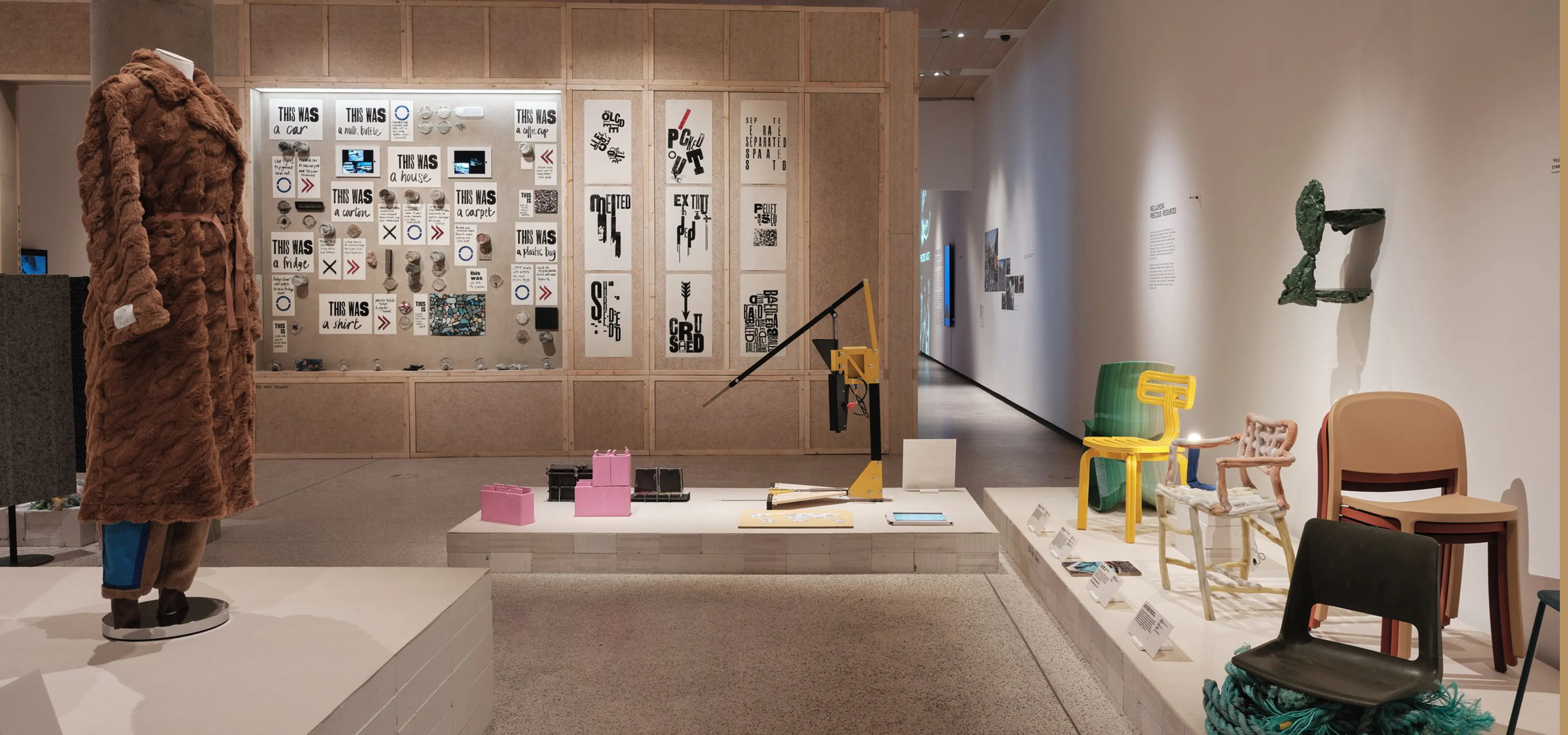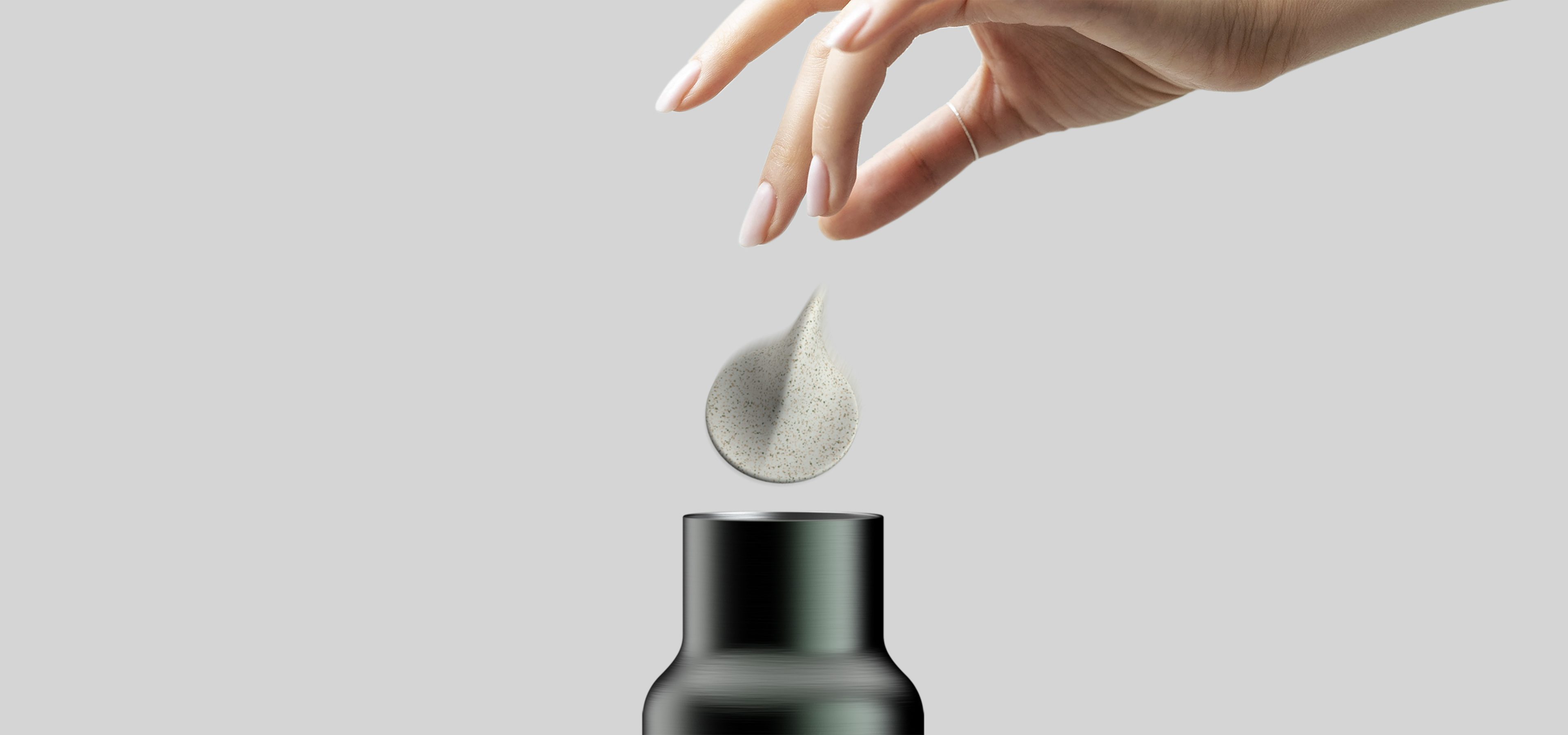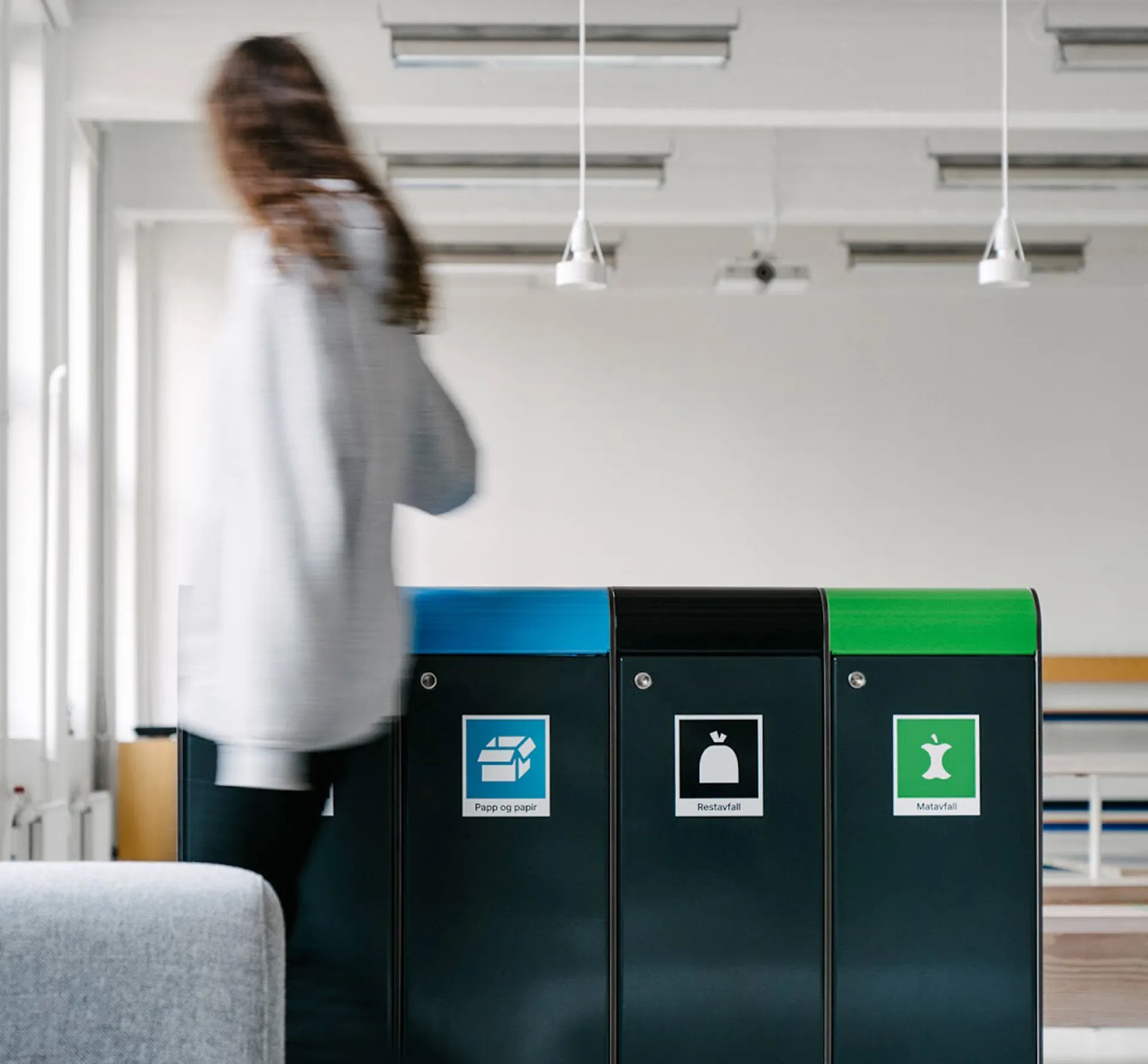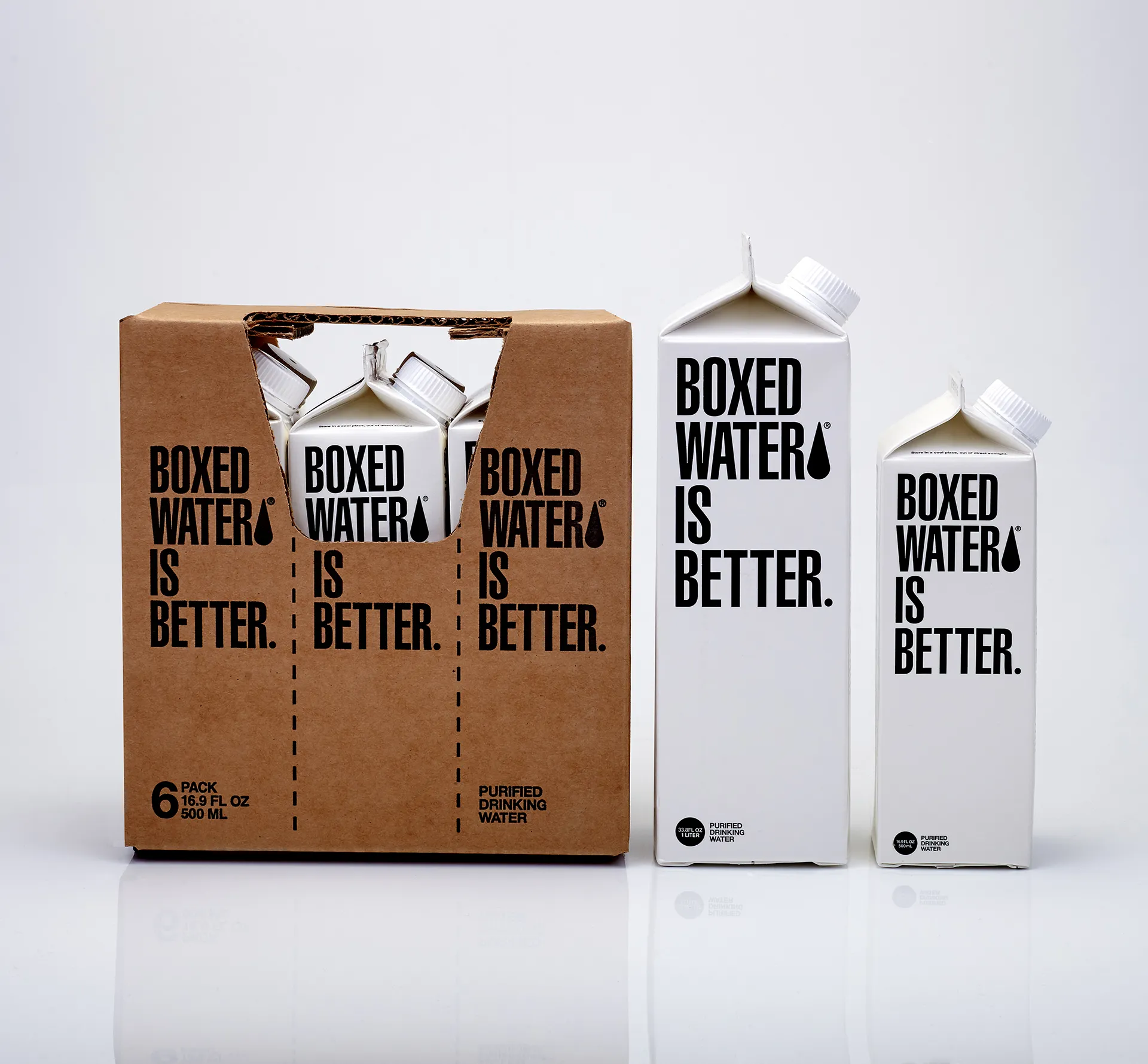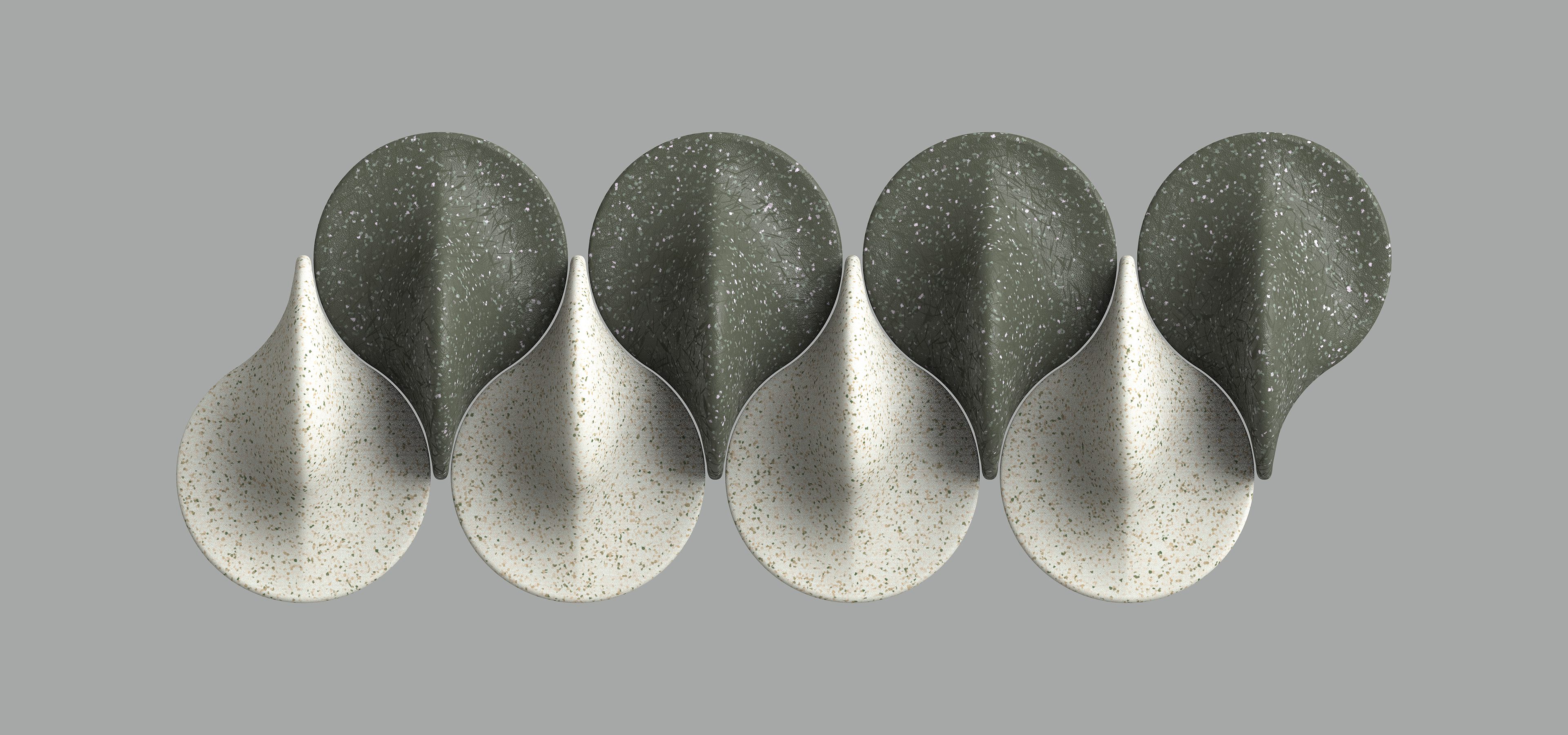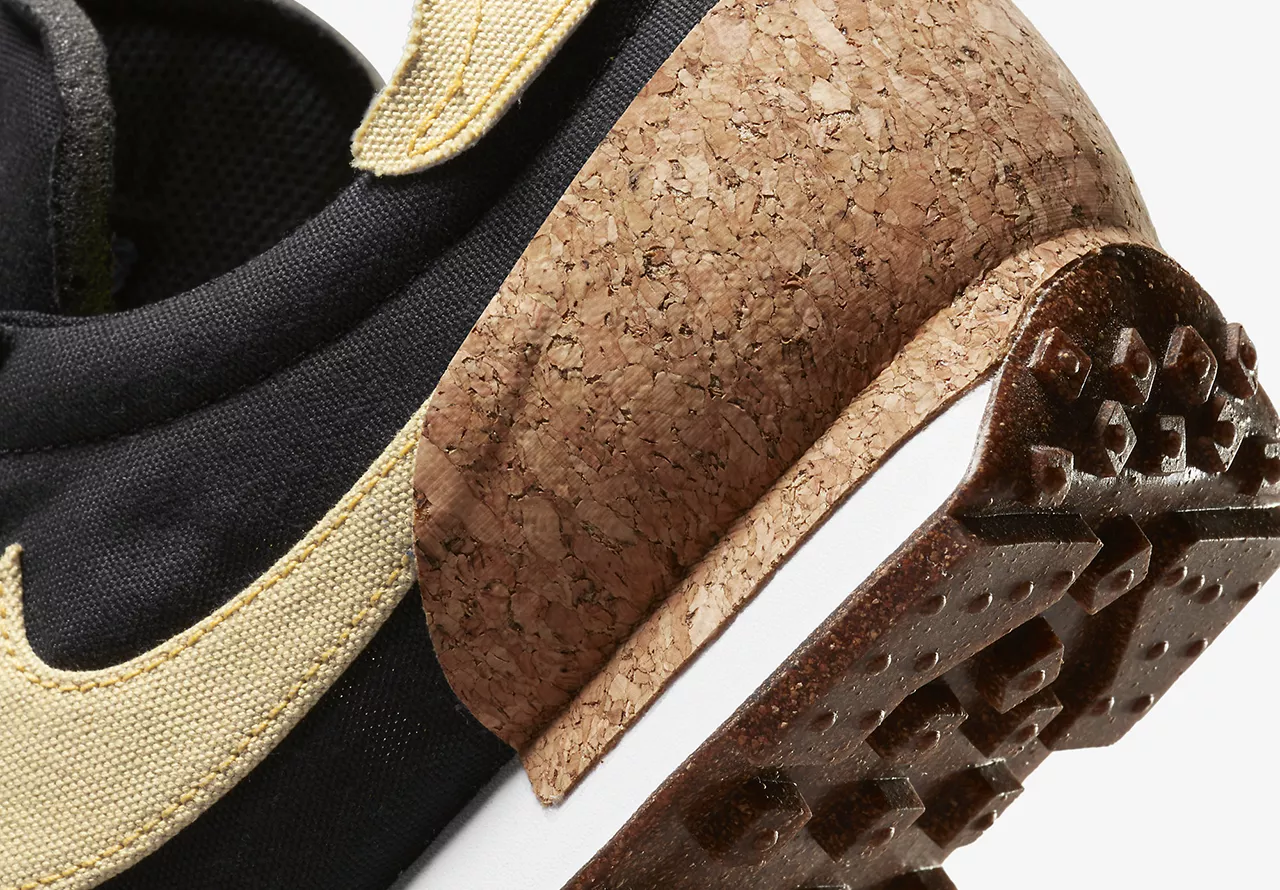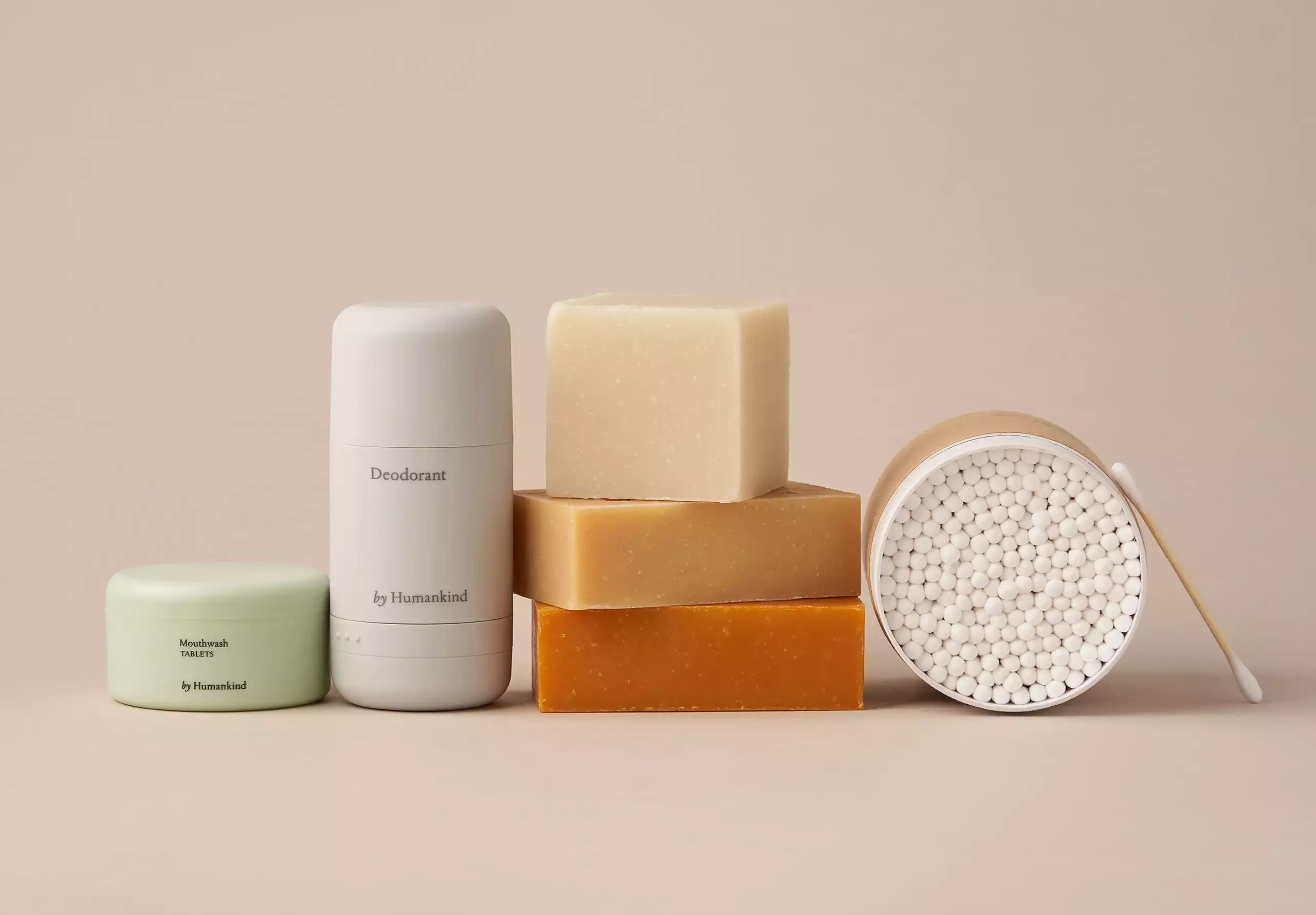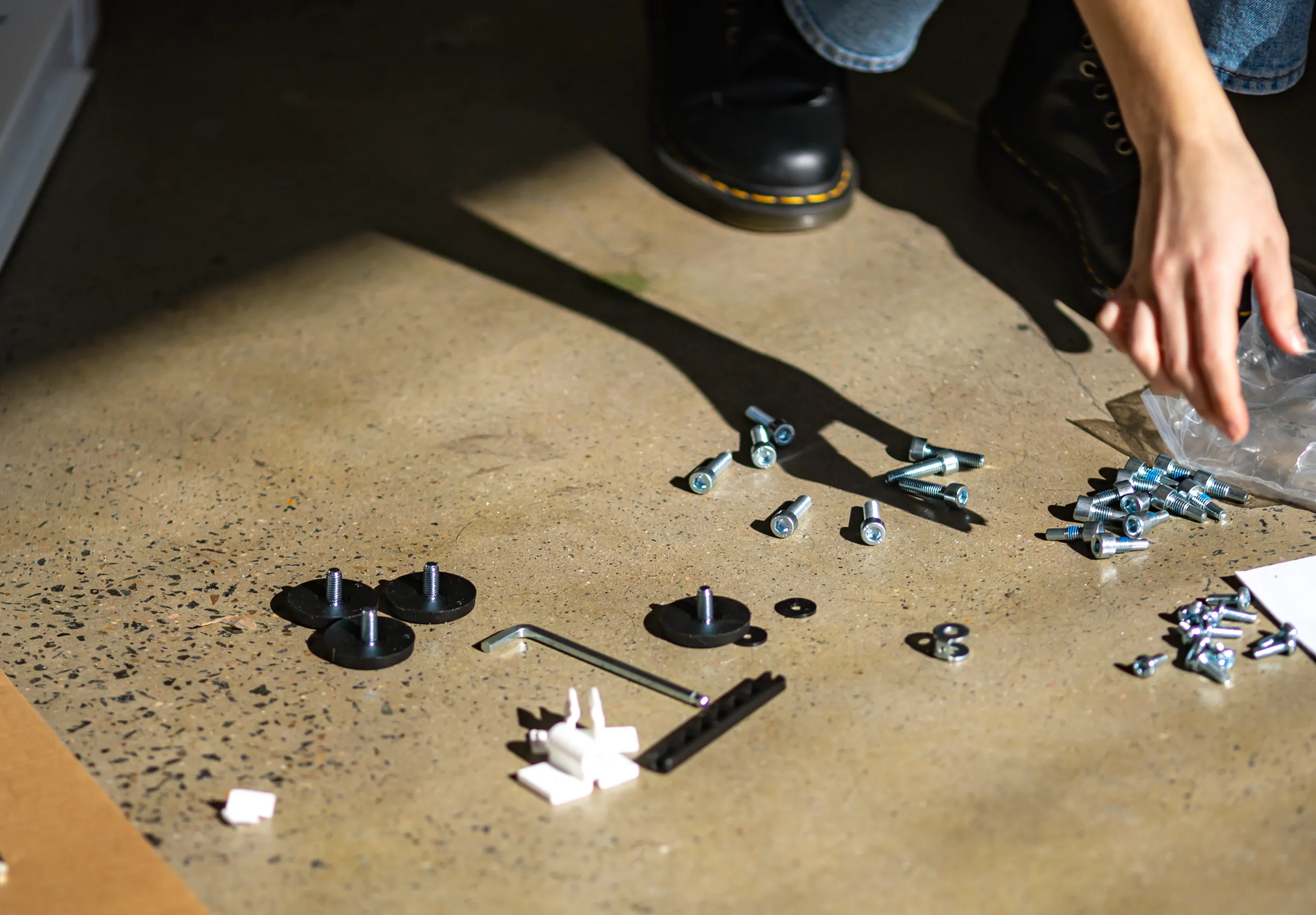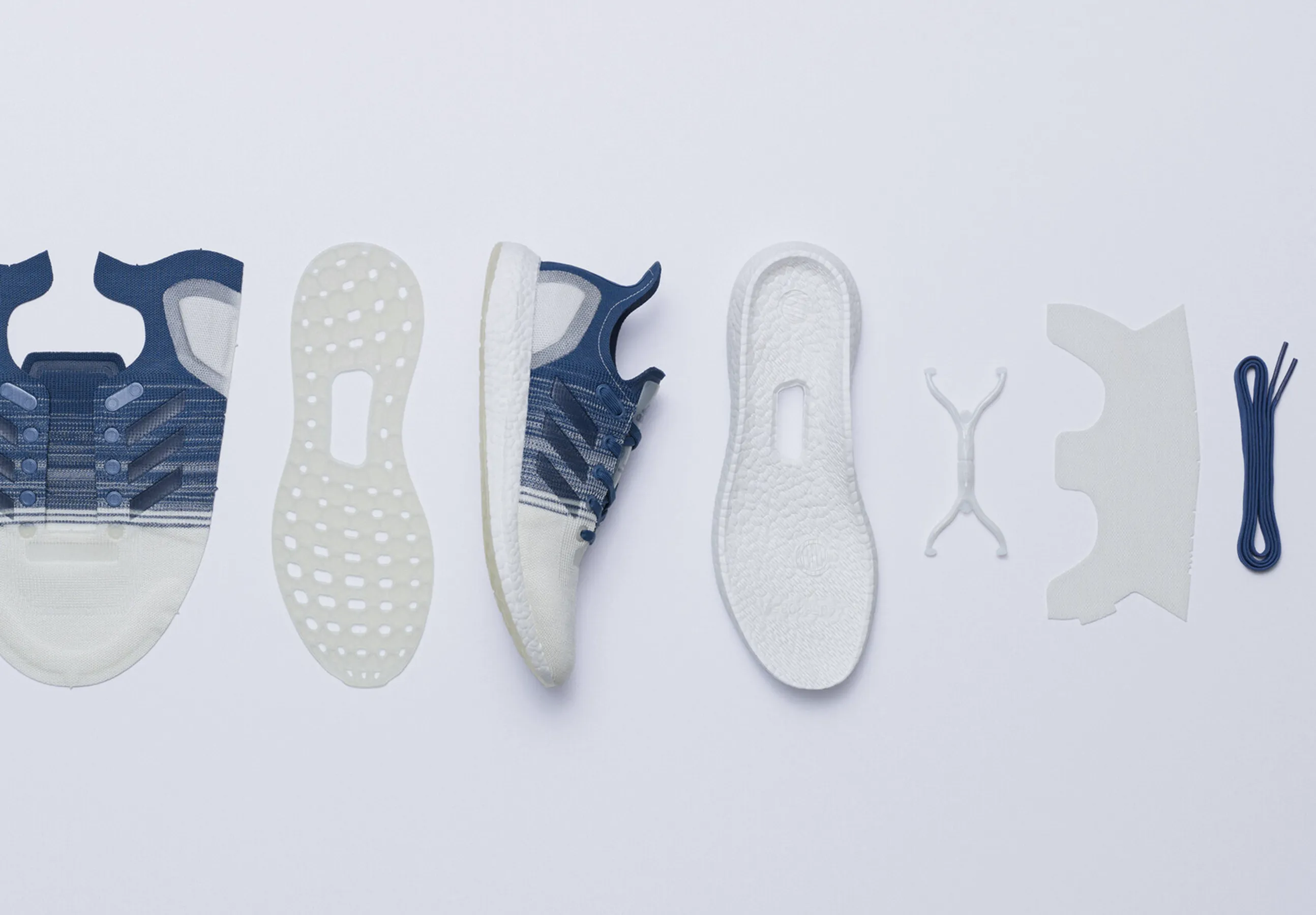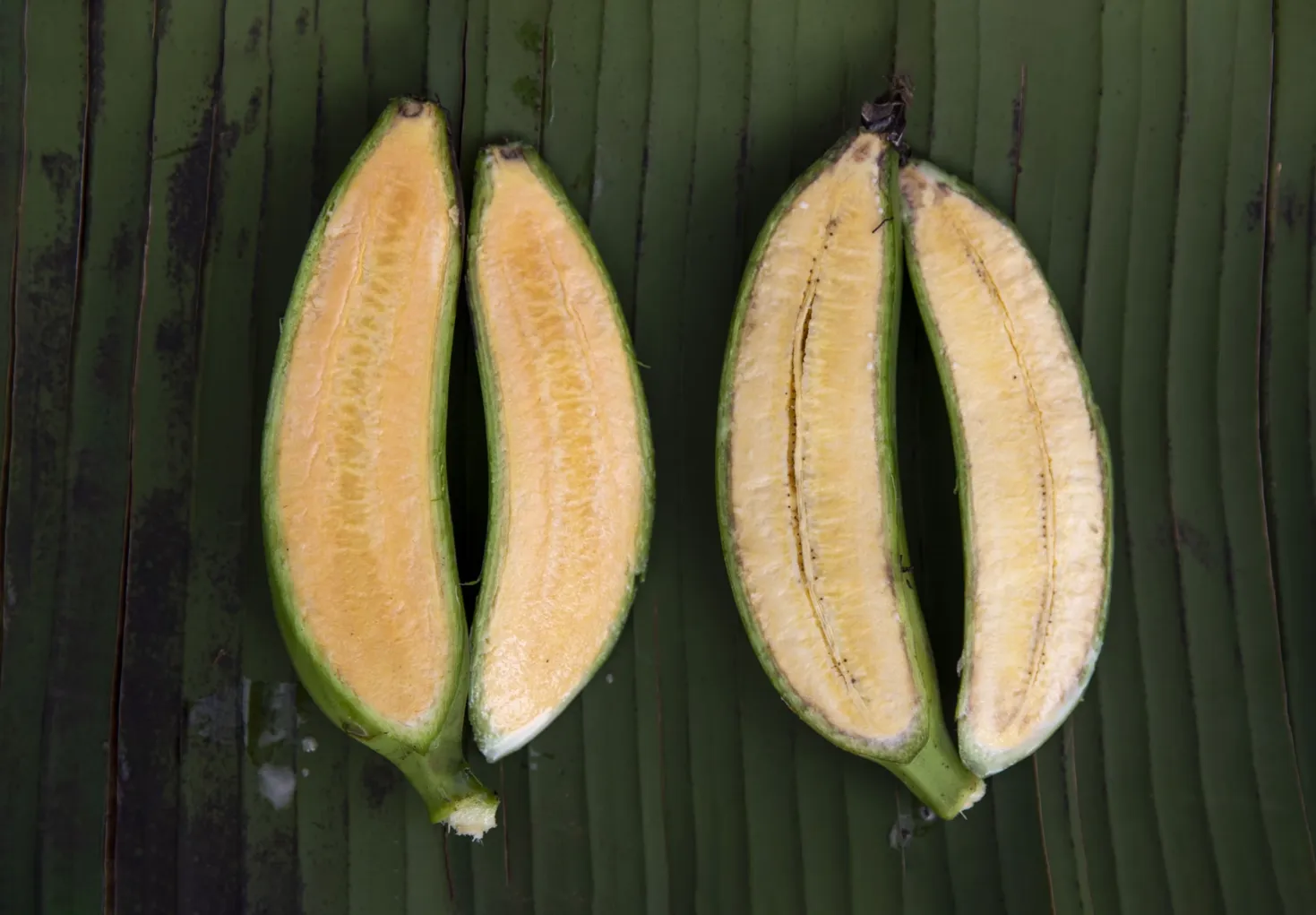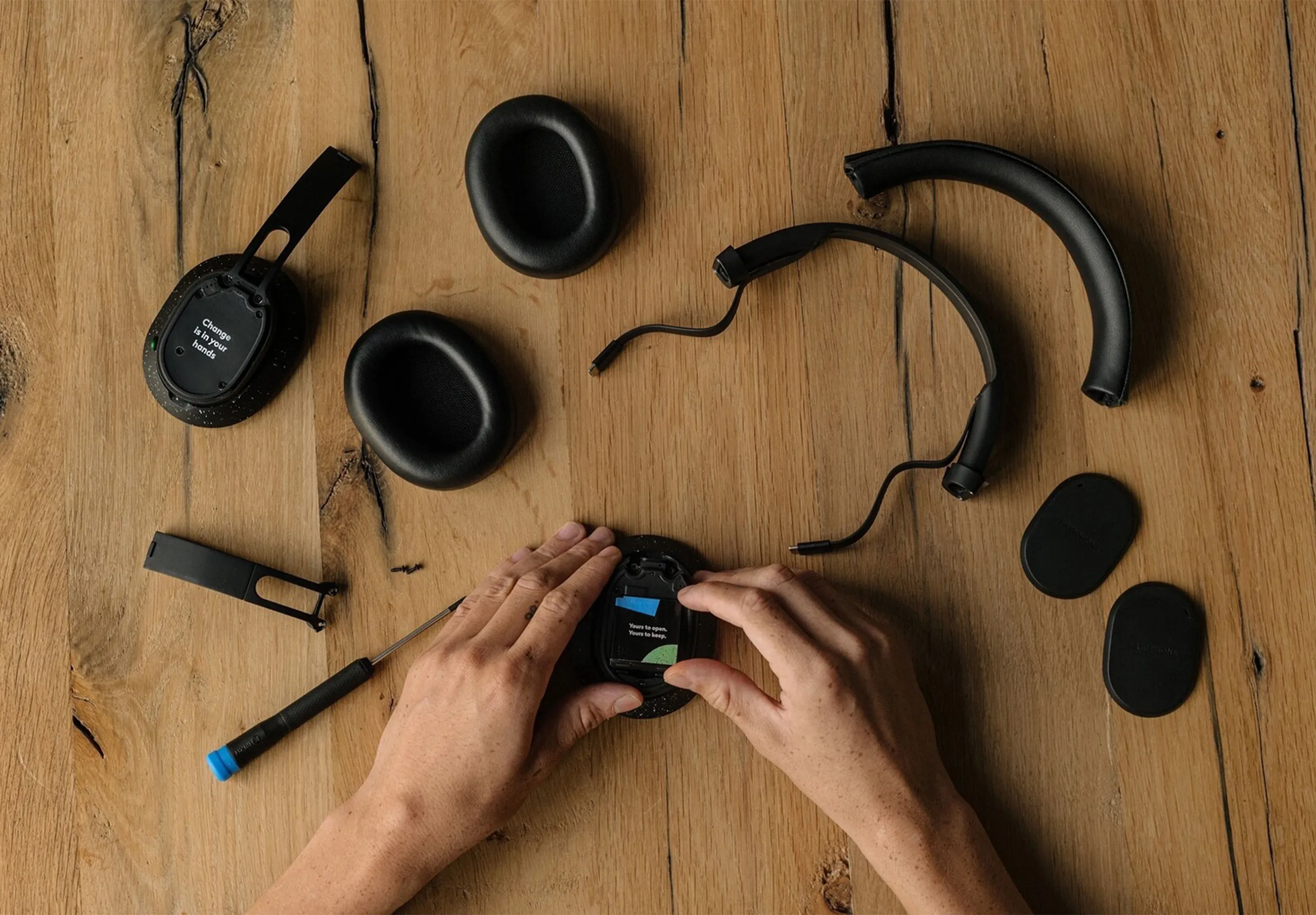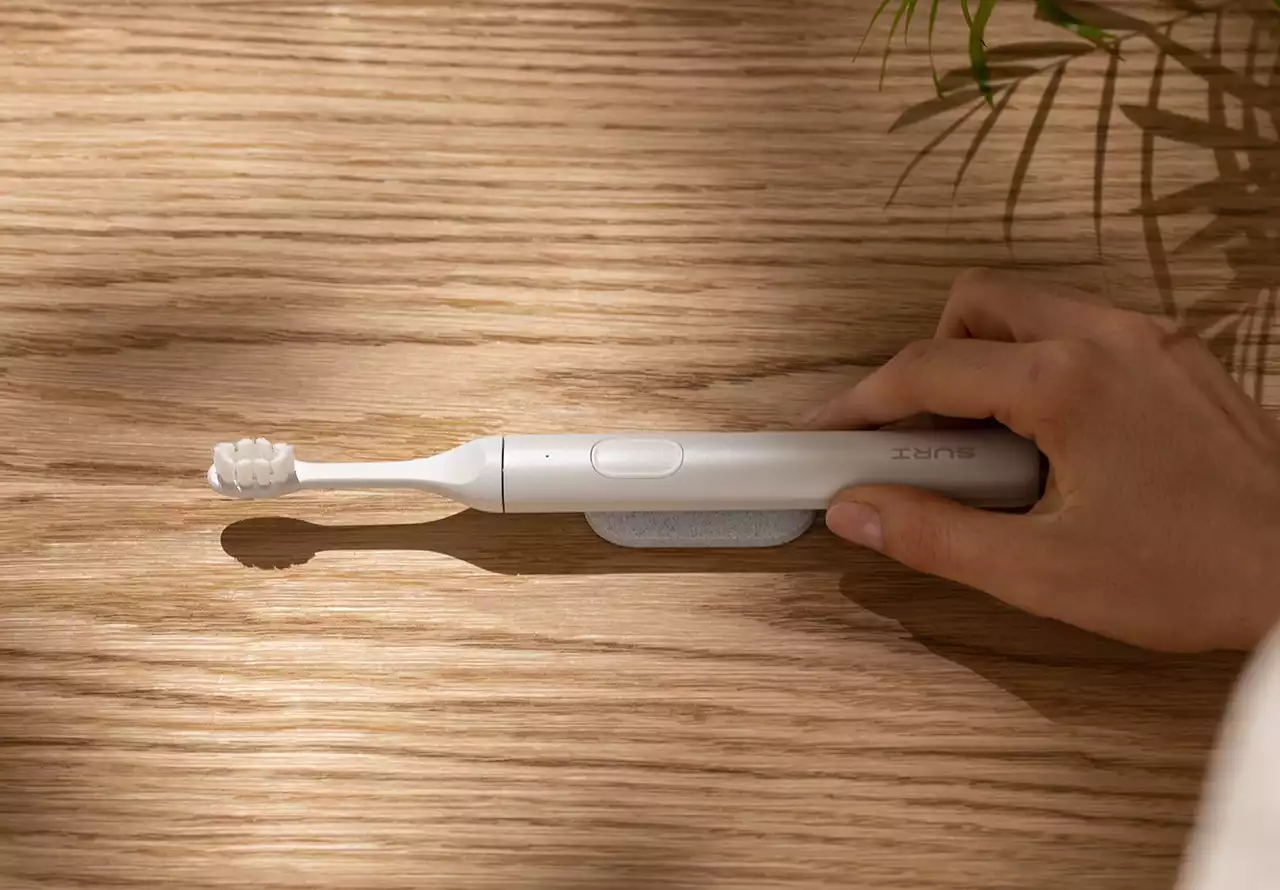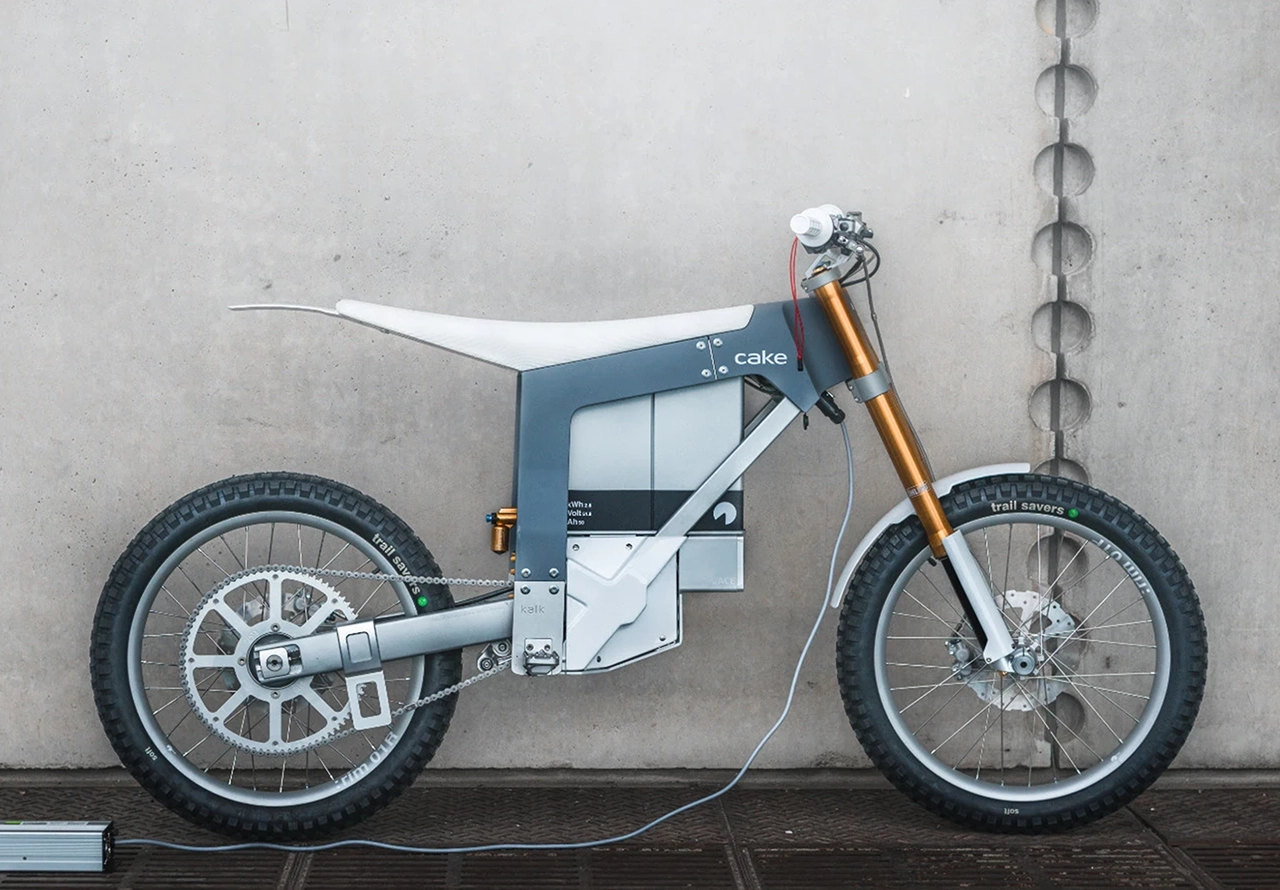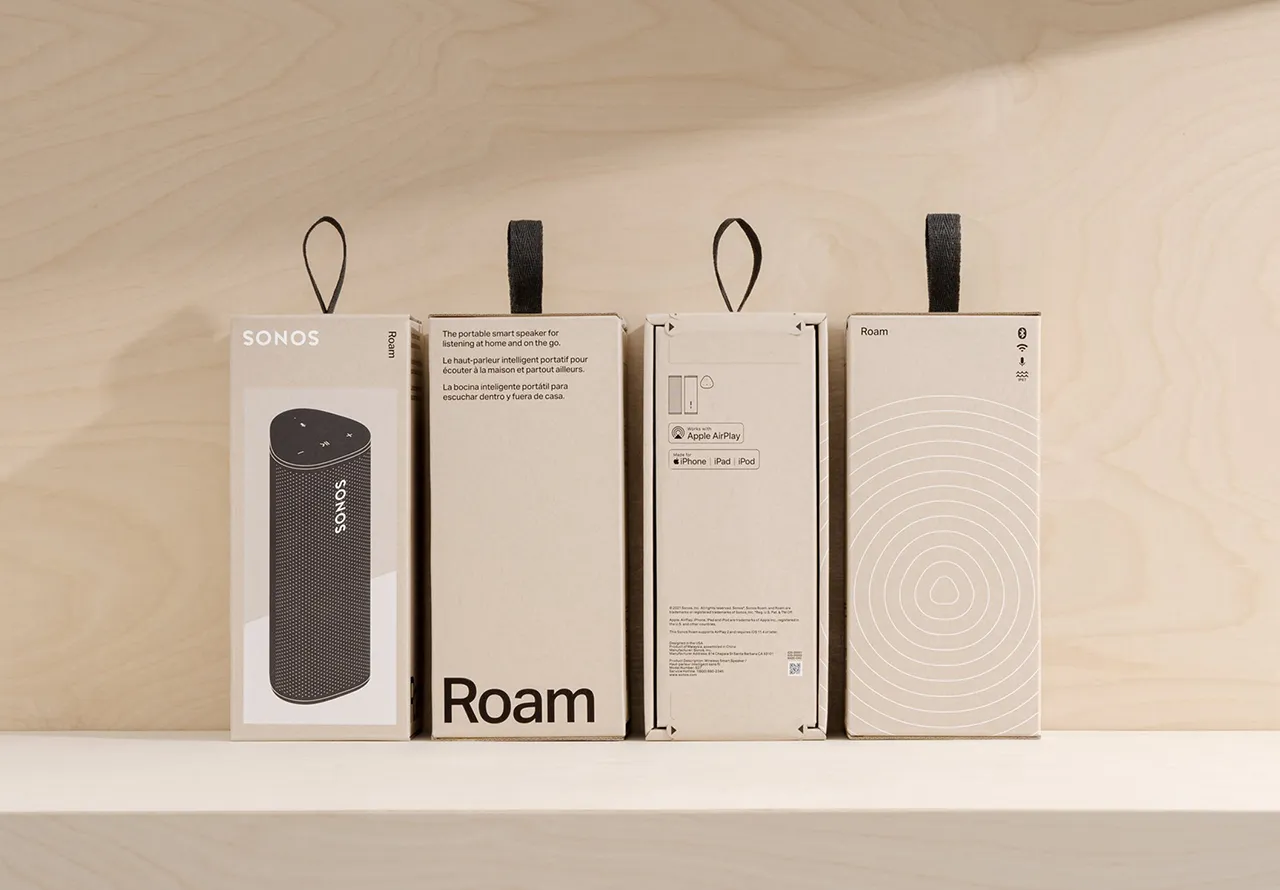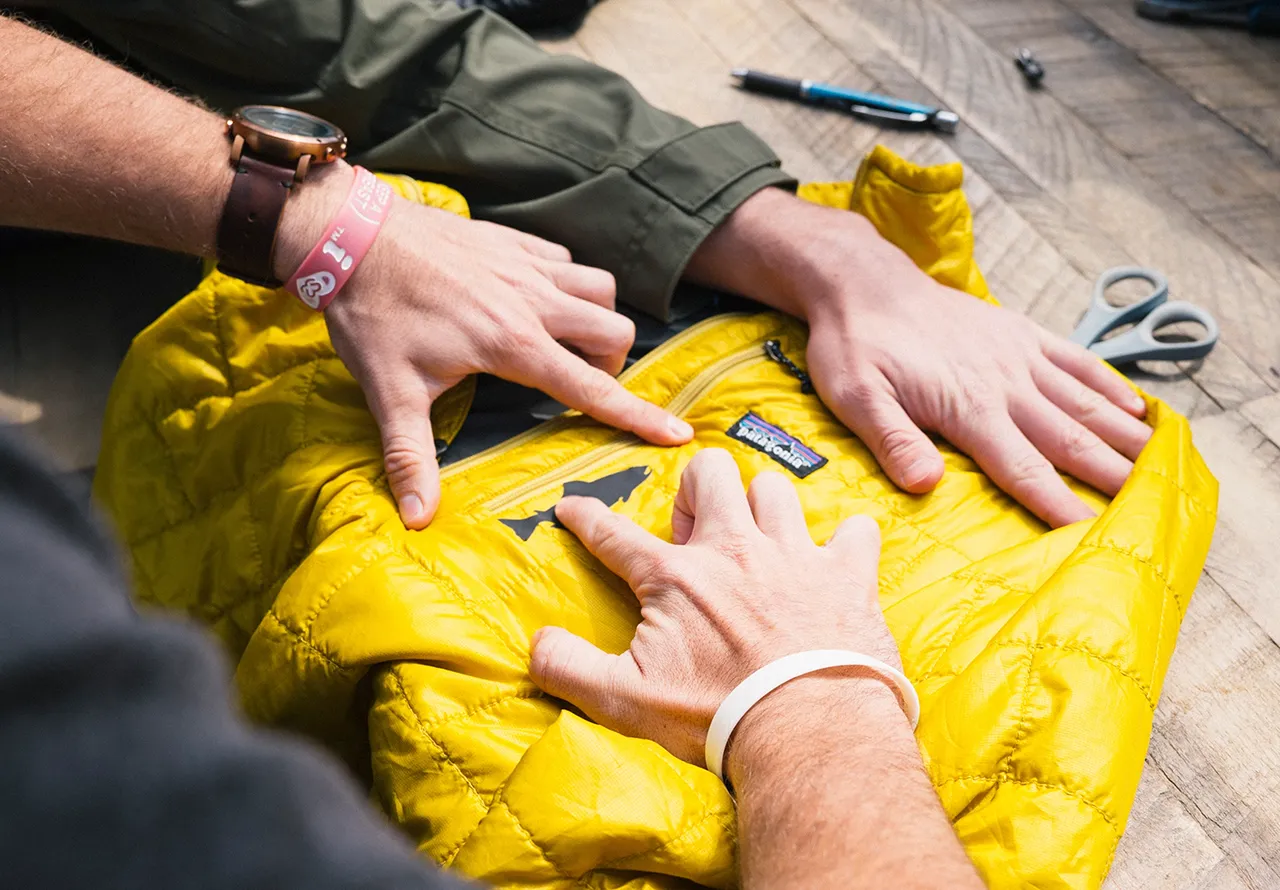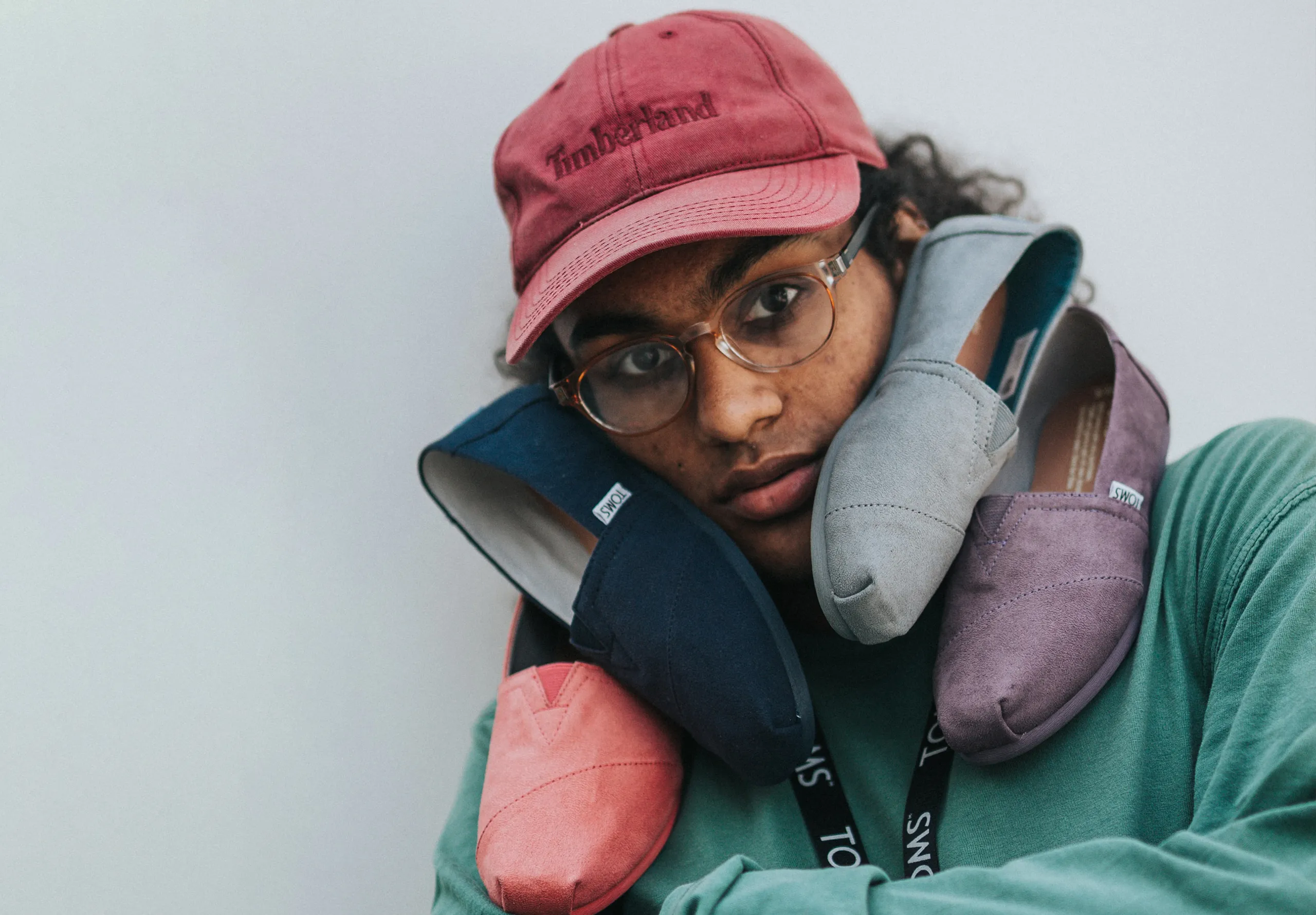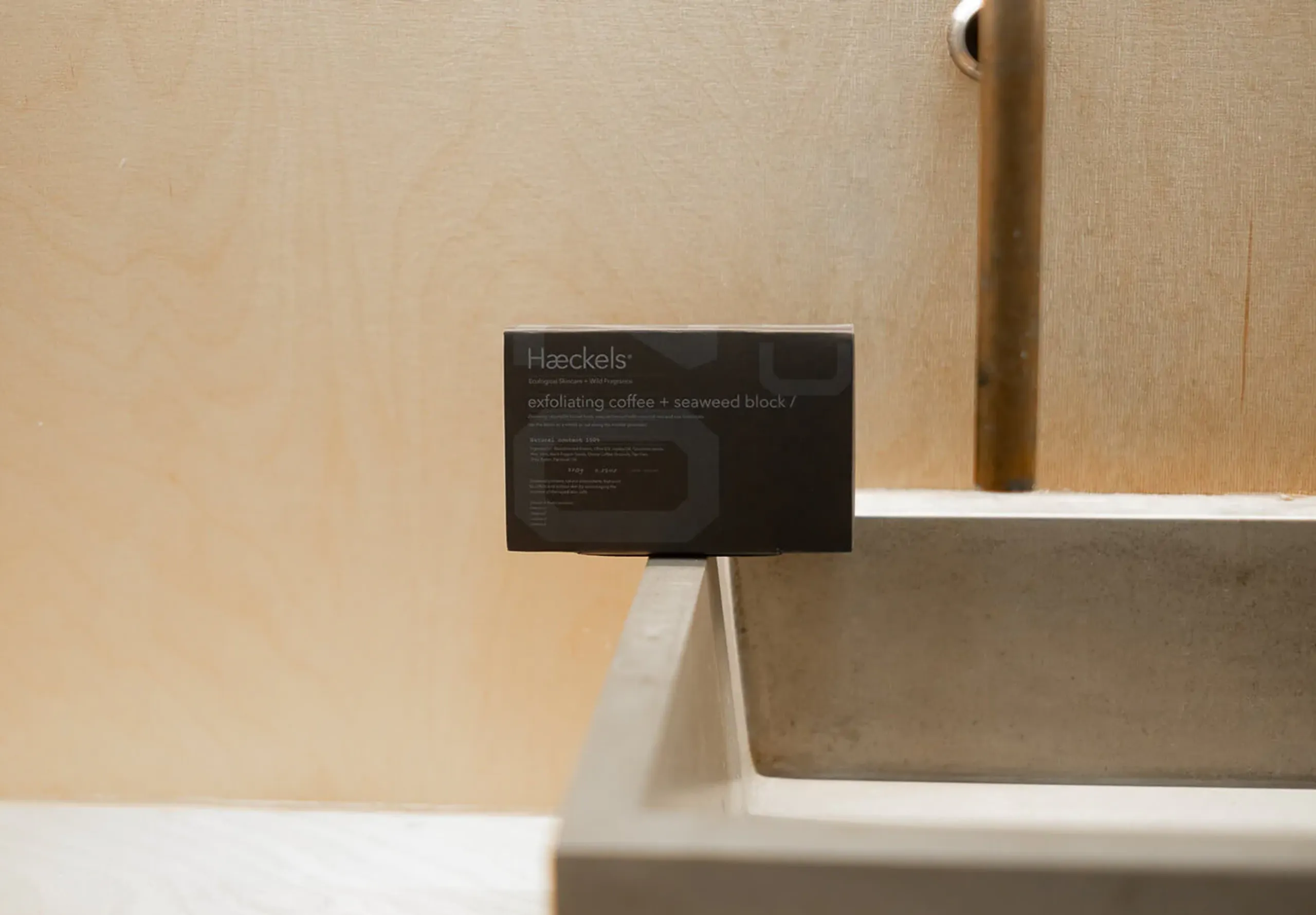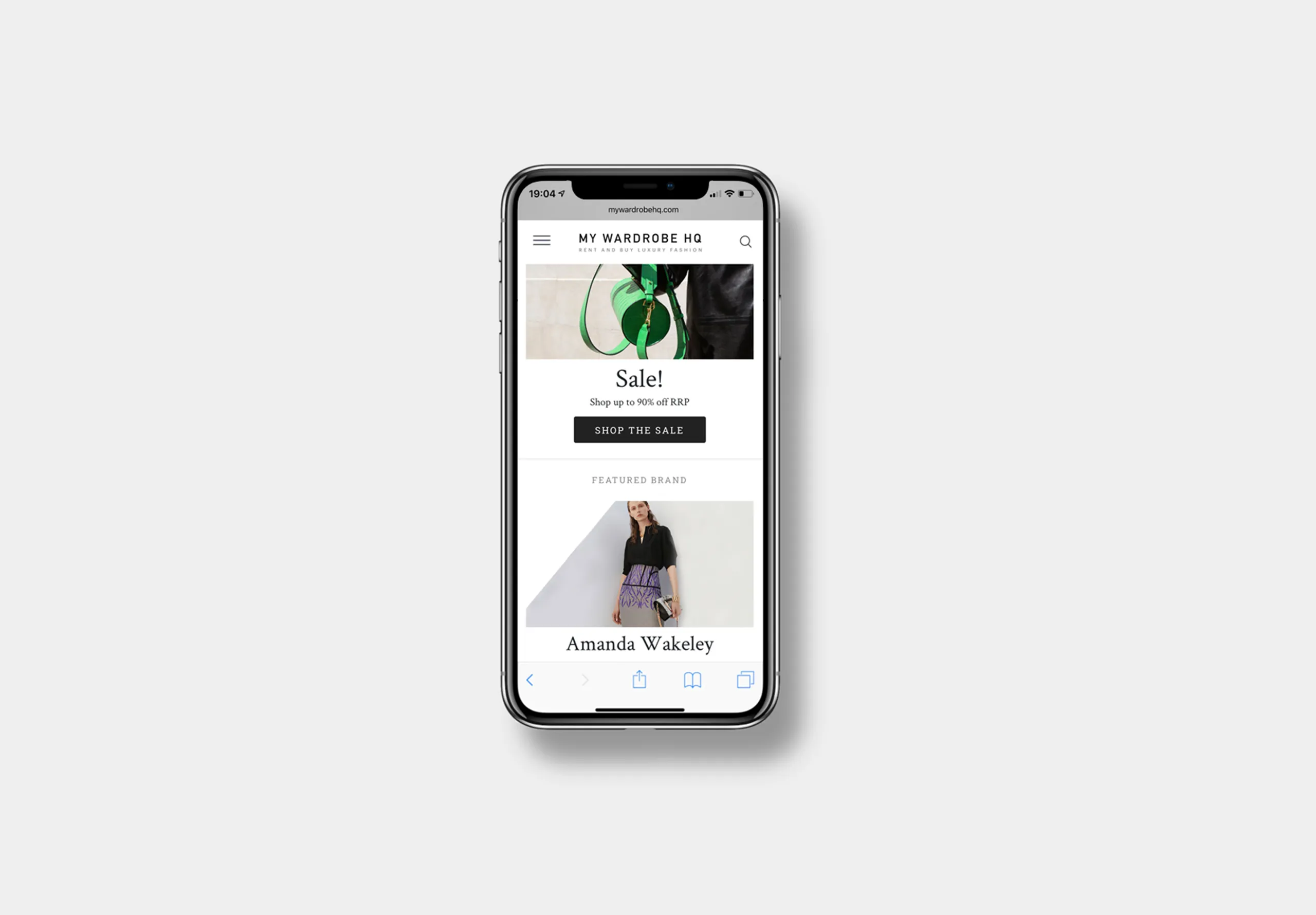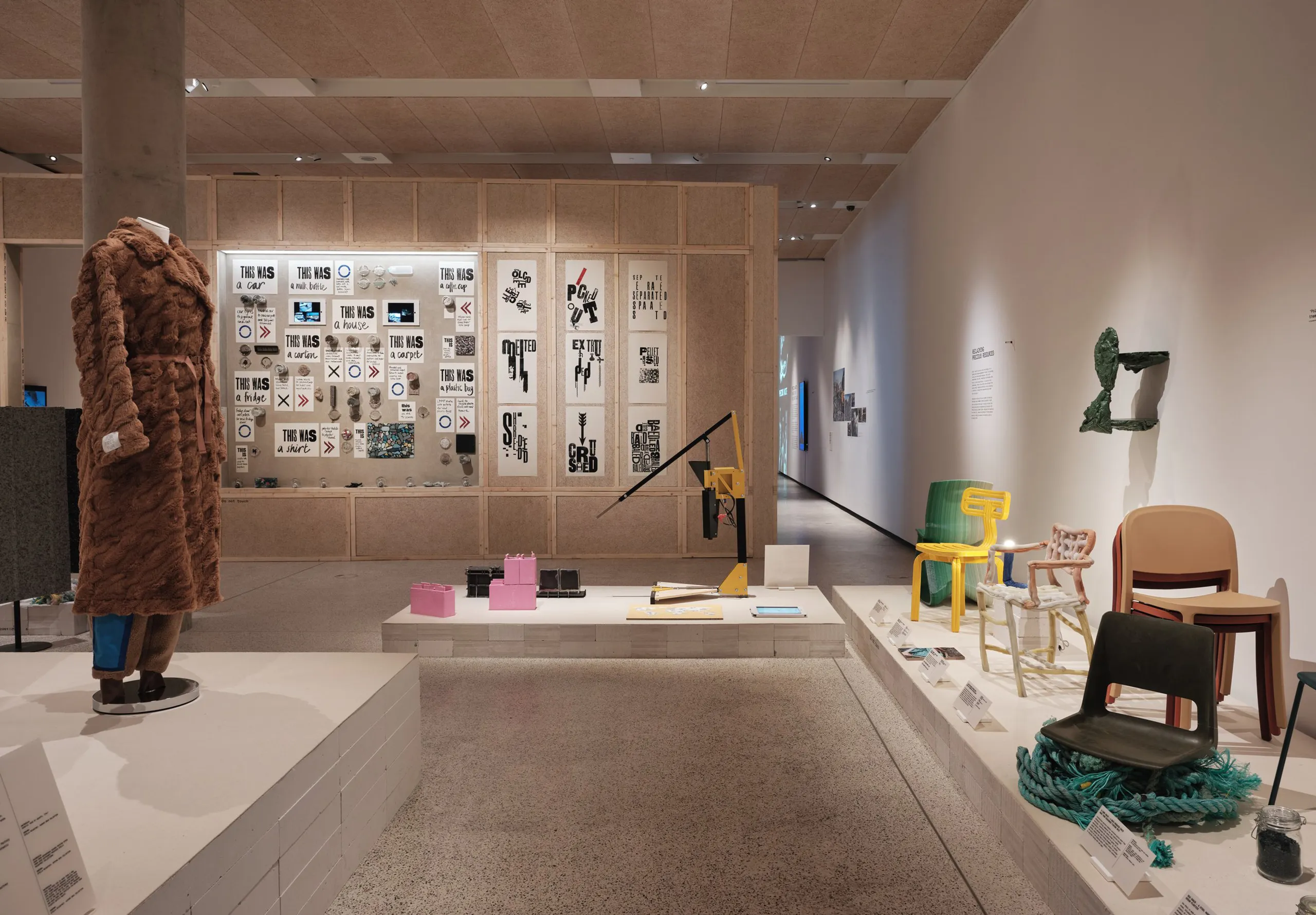The mess of sustainablity
In this issue, we’re jumping right into the mess of ‘sustainability’, tackling common myths and misconceptions to clarify the true meaning of sustainability.
Using a few well placed case studies, we showcase the role sustainable design can play as a catalyst for positive change.
(5 minute read)
Short on time? Try these quick links
What is sustainability, and how did we get to this point?
The United Nations Brundtland Commission describes sustainability as’
“meeting the needs of the present without compromising the ability of future generations to meet their own needs”.
What is the true meaning of sustainability and what does that mean in a design context?
Since mass production boomed in the 1950s with cheap materials readily at hand, alongside a mix of overproduction, overtrade and overconsumption, design has been associated with desire and consumption.
Within Europe, 26kg of textiles are used per person per year, and 11 kg of them are discarded that same year. This results in 87% of the clothing ending in landfill, or incinerated, every year.
If that wasn’t bad enough, in 2019, global electronic waste reached a staggering 50 million metric tons and is predicted to reach 20 million metric tons by 2029.
New trends for design and systems thinking.
Fortunately, we’re starting to see a shift in approaches to design, systems thinking and expectations.
Younger demographic groups are pushing for sustainable action and change while policymakers are forging new laws such as the right to repair and the green claims code.
The most radical and positive approaches within sustainable design can be seen through a system change such as; Cradle to Cradle (C2C) and the Circular Economy (CE). They focus on the three main principles:
Eliminate, Circulate and Regenerate.
Sustainability, to a point, can also be implemented at material selection. Just think of Bio-composites and PCR materials. Designing for circularity means taking key aspects of reuse, repair, redistribution, remanufacturing and refurbishment into consideration.
With this mix of differentiating sustainability levels, consumers and businesses are at a point where knowing what makes a product sustainable requires a wealth of knowledge — let alone implementing the correct end-of-life strategy.
The entwined, complicated layer of sustainable myths, commonly known as ‘Greenwashing’, doesn’t help, either.
Sustainability and your brand
Knowing where to begin and how to effect the greatest change demands a deep understanding of your industry, your infrastructure, your customers and your product lifecycle.
Every day, we leverage our sustainable design expertise to help some of the world’s leading consumer product brands navigate how sustainability will affect their brand.
If you want to accelerate your journey, talk to us.
